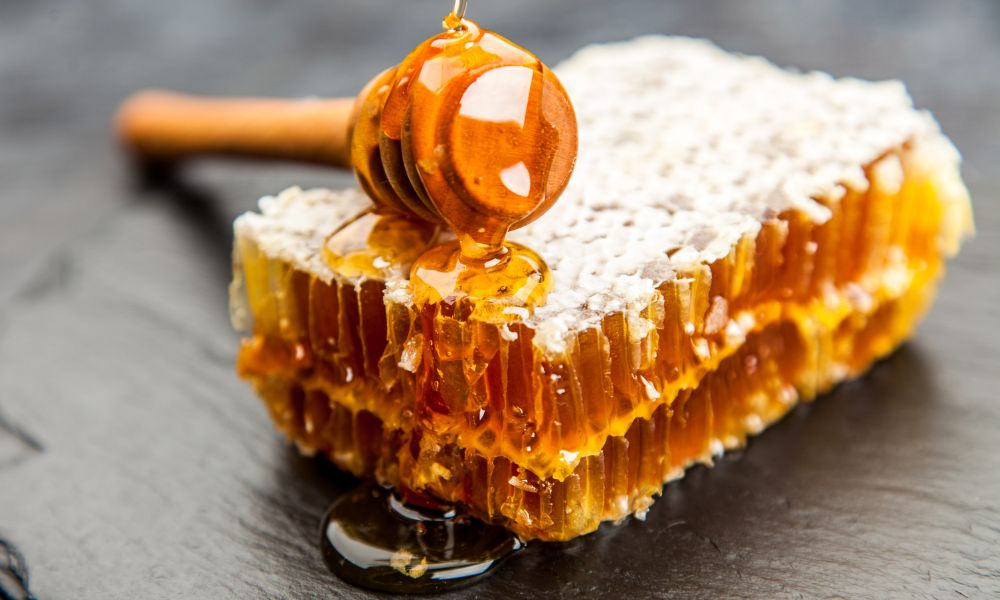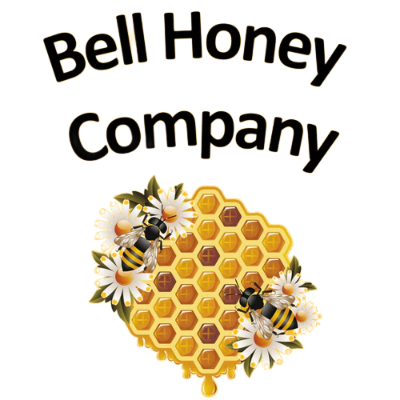
How To Extend the Life of Your Honey and Honeycomb
Share
The sweet aroma and the delightful taste of honey have attracted humans since ancient times. Not only is honey a natural sweetener but it also harbors medicinal properties and has a reputation for its longevity. Alongside honey, its comb is a testament to the beehive’s industriousness. However, even though these natural products last a long time, they eventually start to break down. We explore how you can extend the life of your honey and honeycomb in this extensive guide, protecting both its flavor and nutritional benefits for longer use.
Proper Storage Techniques for Honey
The fresh honey you buy will last for a while in any setting. However, certain environments are better for slowing down the breakdown of enzymes than others. Here are a few important things to keep in mind when storing your honey for maximum longevity and taste.
Temperature Control Is Key
It’s best to keep honey at a consistent temperature. Too hot, and its composition can alter; too cold, and it can crystalize. Aim for storage at room temperature: between 70°F and 80°F is ideal. Keep it away from the stove, dishwasher, or any other source of heat. Consider a cupboard rather than a windowsill if you live in an area where temperatures fluctuate wildly. Sunlight can also cause the container to heat up, so try to keep your honey in a darker part of the kitchen.
Avoiding Moisture Exposure
Honey always keeps the longest when kept in low-humidity environments. Moisture is not a friend of honey, as it can cause the product to start fermenting, altering its texture and color. Make sure you keep your kitchen as dry as possible to prevent this process. Additionally, always use a dry spoon to scoop honey and wipe down the jar’s rim before storing it to remove any stickiness and prevent bacteria from forming.
Using Airtight Containers
Perhaps the most effective way to preserve honey’s flavor and consistency is to keep it in an airtight container. Oxygen contact triggers the oxidation process, which isn’t immediately harmful but can shorten honey’s shelf life. A sealed jar keeps out air and thereby minimizes the risk of oxidation. Also, glass jars are best as they won’t absorb the honey’s natural oils, unlike plastic containers which can retain odors and impact honey’s taste.
Preventing Crystallization
Avoiding crystallization is another crucial part of extending the life of your honey and honeycomb. Crystallization is a natural process where the glucose in honey forms into solid crystals. This process is completely normal, but it’s not for everyone—many dislike the grainy texture. Here’s how to keep your honey runny if you prefer it that way.
Gentle Heating Methods
Mild heat is the perfect solution for granulated honey. Place your crystallized honey container in a bowl of warm water and let it sit. The water should be no more than 140°F to preserve the live enzymes and nutrients. You can also use a microwave at 50% power, ensuring to stir the honey every 30 seconds. You shouldn’t have to do this often, but heating your honey slightly once in a while will guarantee it stays in its liquid form.
Mixing in Warm Water
A faster method to return your honey to its liquid form is to whisk in warm water. You can do this before or after gentle heat treatment. A quarter-cup of hot but not boiling water should be sufficient for every pound of honey. Mix until you achieve your desired consistency.
Adding Creamed Honey
This solution is for you if you enjoy a creamy honey texture. Creamed honey is a type of processed honey that controls crystallization so that it becomes smooth and spreadable. Adding a small amount of creamed honey to your crystalized batch can help you achieve this texture. However, make sure to check your creamed honey’s ingredients to avoid any unwanted components.
Preserving Honeycomb
Knowing how to preserve your honeycomb is essential if you’re a fan of its gooey texture. These intricate sections of sweet wax make a wonderful snack in a pinch, making it vital that you know how to keep your supply fresh. Here are a few tips to keep in mind.
Storing It in a Cool Place
Much like honey, you should keep your honeycomb at a consistent and cool room temperature to slow the process of aging. Excessive warmth can soften the comb and cause it to leak, which while delicious, might not be practical for how you want to use it.
Keeping Away from Direct Sunlight
Ultraviolet light can degrade your honeycomb’s quality. Place it in a pantry or cupboard where it’s safe from the sun’s rays. Just be cautious of where you place your honeycomb in your kitchen if you want to display it. Opt for a shaded area that helps limit those harmful UV rays.
Using Food-Safe Containers
Use food-grade containers that seal the comb away from excessive moisture and oxygen. Remember, the comb is a natural product that can take on the taste of other materials around it, so avoid using metals or chemical-filled plastics.
Creative Uses for (Almost) Expired Honey and Honeycomb
Even after doing everything you can to preserve your honey products, there will come a time when it nears the end of its useful life. Fortunately, you can still do plenty of things with it before it gets to that point. Here are some fun ideas to use up your older honey supply.
DIY Beauty Products
Honey hair masks, facial scrubs, and baths—Honey is a DIY skincare superstar. Combine it with other natural ingredients to create nourishing beauty treatments. You can use honeycomb in similar ways, and it’s a great exfoliant due to the wax’s gentle abrasiveness.
Cooking and Baking Recipes
The sugary sweetness of nearly expired honey is perfect for all kinds of recipes, from baked goods to glazes for roasts. Heat the honey gently to preserve its flavors and nutrients when cooking. Use your honeycomb to infuse dishes with a delightful, floral sweetness, or simply chew it like gum for a burst of honey flavor.
Home Remedies
Honey’s antibacterial and anti-inflammatory properties make it a staple for all kinds of home remedies, from soothing sore throats to healing wounds. Add honey to hot tea with lemon for a soothing drink. You can chew honeycomb for these benefits or combine it with pure grain alcohol to create a tincture for medicinal use.
The golden rule for extending the life of your honey and honeycomb is simple: keep it cool, dry, dark, and airtight. By doing so, you ensure the longevity of your sweet treasures and can savor their goodness for many years to come. Then, you can get something fresh and tasty from Bell Honey when you inevitably need to buy more. We sell raw honey and honey jars with honeycomb, allowing you to get the best of both worlds in a single purchase.

